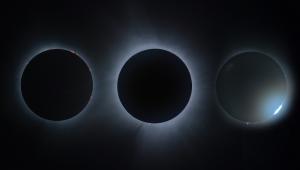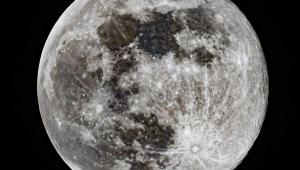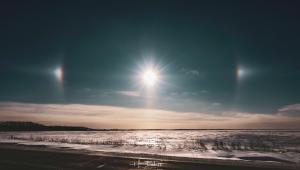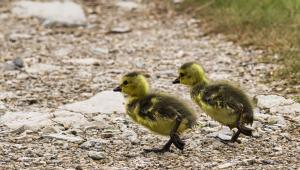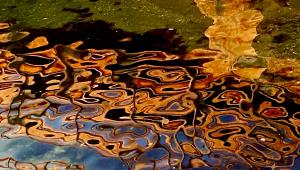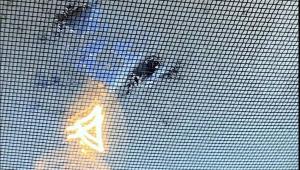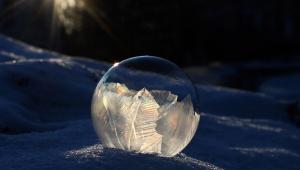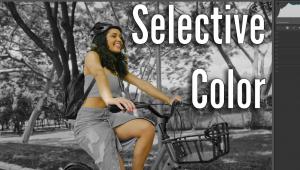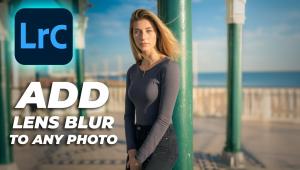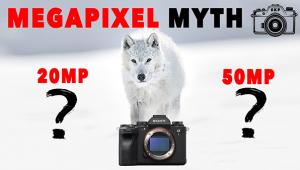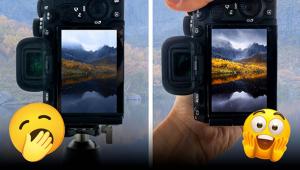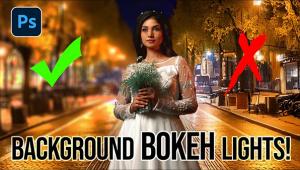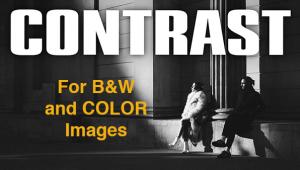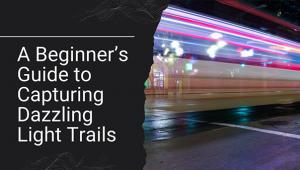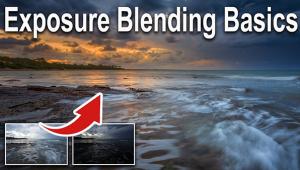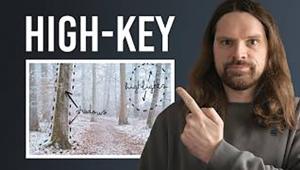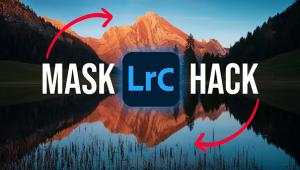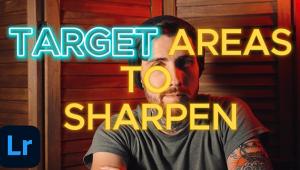Medium Format Lensbabies; Blur & Distortion Go Big! Page 2
 |
 |
|
|
||
If you're not already a Lensbaby user or don't buy into the concept,
then you are probably saying to yourself the following:
· I can do that in Photoshop. The classic postproduction
way of achieving some of the effects created in camera by using a Lensbaby is
produced by creating a duplicate layer (Layer>Duplicate Layer) then adding
Motion Blur (Filters>Blur>Motion Blur). That's true, but capturing
the picture in camera means you can make prints with all the effects in place
at the time the film is processed.
· It's OK if you like distortion. Contrary to what
some gurus will tell you, there are no rules in photography. If you make pictures
for yourself, make them to have fun. The Medium Format Lensbaby 3G adds a romantic,
pictorial touch to what would otherwise be an ordinary photo.
Using the Medium Format Lensbaby 3G lenses is also a way of creating Holga-like
camera effects without using a Holga. Not to detract from that classic plastic
toy camera, but shooting medium format film in a real camera that is part of
a real system gives you the ability to have in camera metering and connect to
studio flash equipment. This offers photographers, whether capturing images
of high school seniors or brides, another lens option for making a portrait.
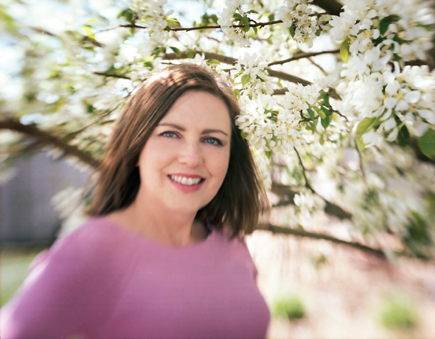 |
|
|
Lensbaby 3G medium format lenses are not cheap ($390), but if you're
working with medium format film chances are you are already used to that. Optional
accessories include a Macro Kit, 0.6X Wide Angle/Macro Lens, and 0.6X Wide Angle/1.6X
Telephoto Conversion Kit. I like the Lensbaby 3G for the Pentax 6x7 so much
that I bought a used camera just so I could use it!
For more information, contact Lensbabies, LLC, 516 SE Morrison St., Ste. M4,
Portland, OR 97214; (877) 536-7222, (971) 223-5662; www.lensbabies.com.
Pentax 6x7 Lineage
The Pentax 6x7 was first produced in 1969 and along the way underwent some minor
modifications, including the addition of a Mirror Lockup (MLU). In '89,
the 6x7's shutter timing was changed to being fully electromechanically
controlled. Some components were replaced with polycarbonate and the new model
was renamed Pentax 67. In '98 the camera was redesigned with the addition
of autoexposure and matrix metering and renamed Pentax 67II. The camera I used
for this test was an oldie but goodie 6x7, although it had the MLU option.
Technical Specifications
Optic: Multi-coated optical glass doublet
Focal Length: Approx. 80mm (for Mamiya 645); approx. 100mm
(for Pentax 67)
Focus Type: Hybrid manual compression/manual barrel
Aperture Type: Interchangeable aperture disks (f/3.4, f/4.8,
f/6.8, f/9.5, f/13, f/19, f/26, f/39)
Minimum Focus: Approx. 1.5 ft
Size: 3x3.25"
Weight: 6.7 oz
Price: $390
Acknowledgements: Many thanks to the Used Department at Adorama Camera (www.adorama.com) and Mr. Jack Gold for his assistance in finding a used Pentax 6x7 that I purchased just for this test.
- Log in or register to post comments
